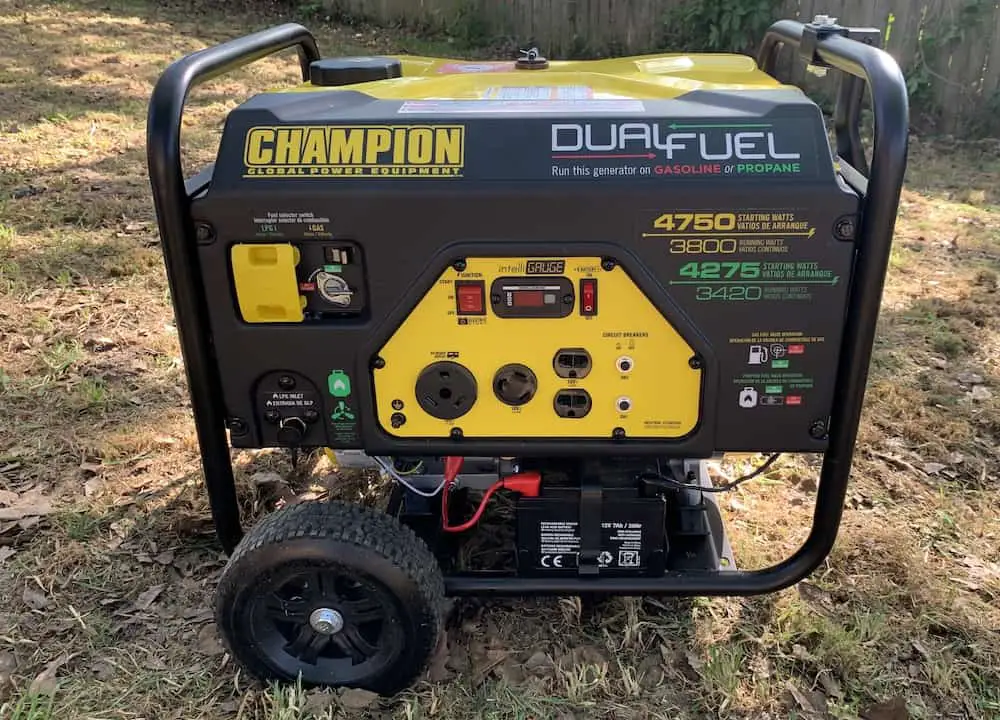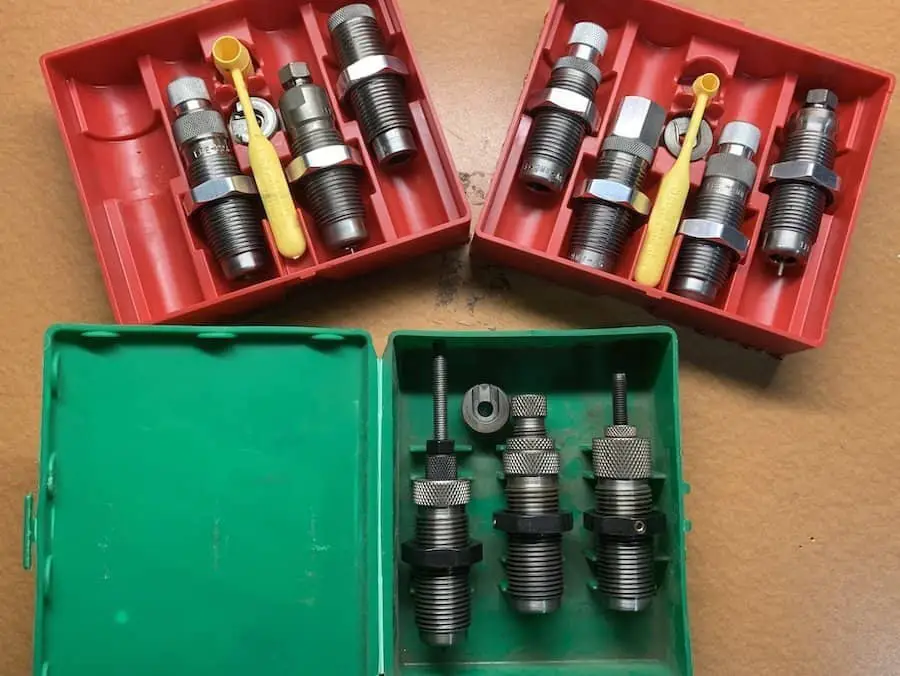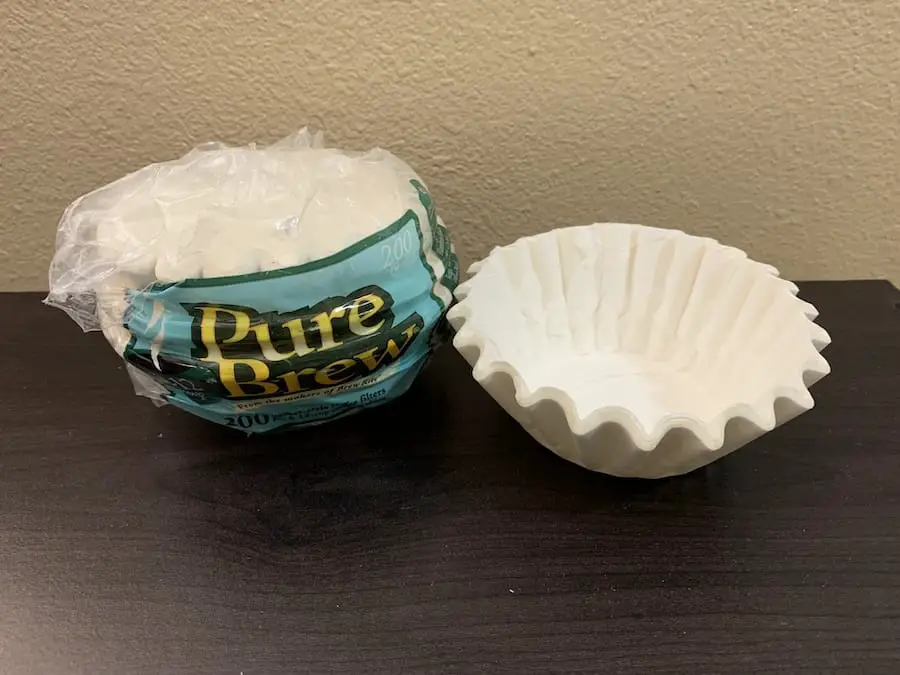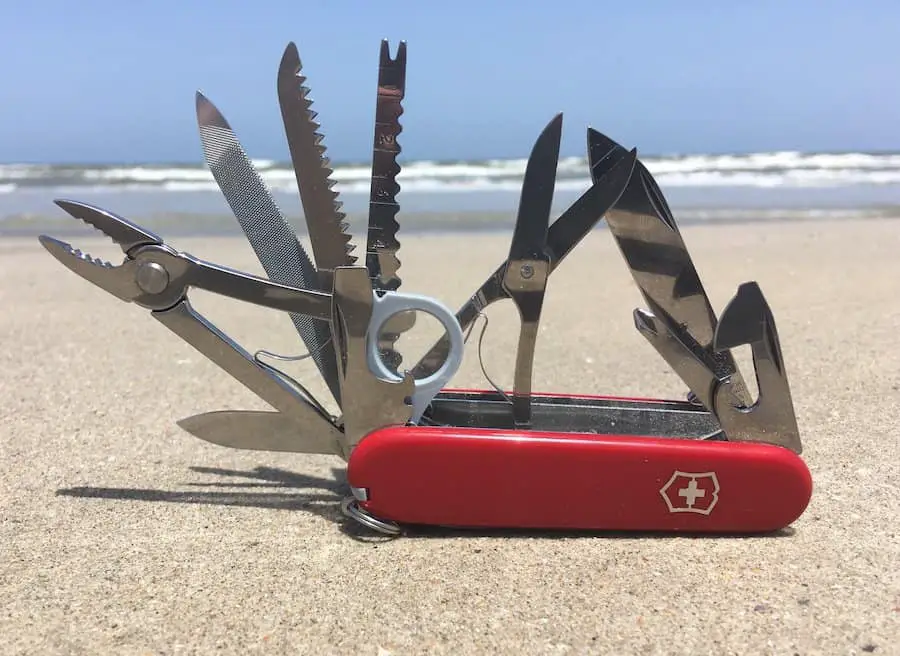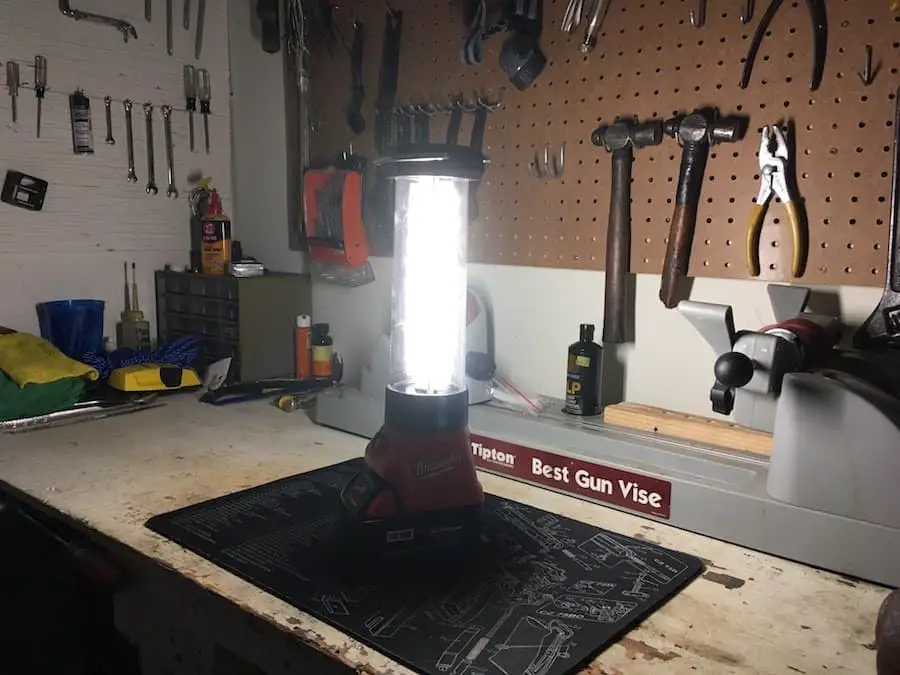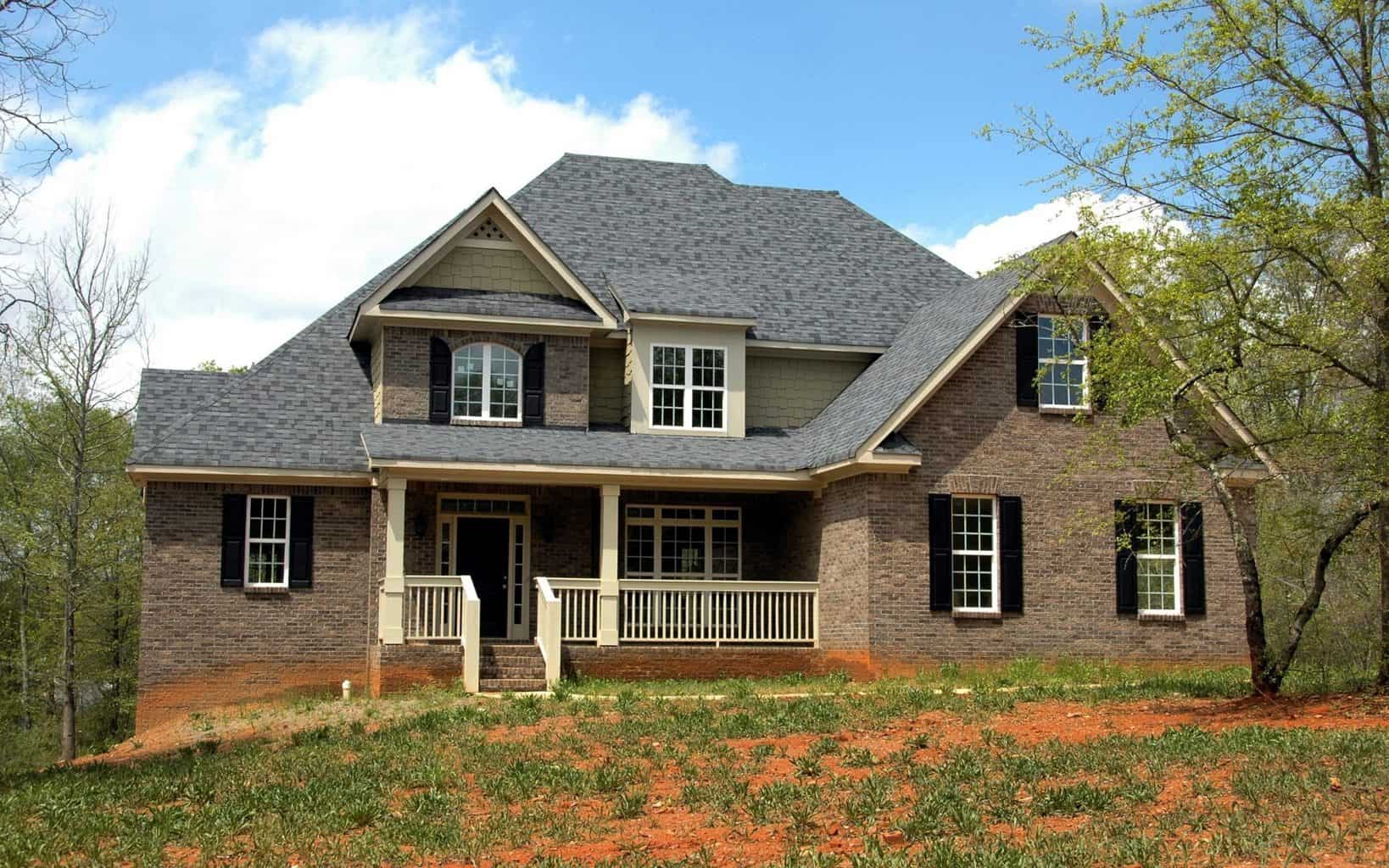Is the SKS a Good Gun for Preppers?

 My first semi-automatic rifle was a Yugoslavian SKS, and I still have it today. It was an early birthday present from my dad that we picked up at a gun show.
My first semi-automatic rifle was a Yugoslavian SKS, and I still have it today. It was an early birthday present from my dad that we picked up at a gun show.
SKS rifles and carbines are excellent guns for preppers, especially if they are on a budget. The SKS is a combat-proven platform that is well-built, reliable, and easy to maintain.
Having owned my SKS for almost a decade, I can say confidently that it makes a good prepper rifle. Here is some more information about what makes it such a good gun for preppers as well as some of its drawbacks.
Pros of SKS Rifles for Preppers
Build Quality and Durability
SKS rifles have a reputation for being built like a tank. A byproduct of being so well built is that they are among the most durable rifles in existence. I knew a guy who accidentally let his go bouncing down the road after he forgot to put it in his vehicle. It was scratched up but still worked fine.
SKS rifles all have milled receivers, which promotes durability and accuracy. Many people prefer an SKS with a milled receiver over cheaper AK-47’s that have stamped receivers. All other parts of an SKS, including the stock, are well-made and somewhat overbuilt. If you ever run out of ammo, you still have an effective club with a bayonet.
Aftermarket Support
Another thing that preppers make like about SKS’s is that they have a ton of aftermarket support. Since they are so popular, a wide variety of replacement parts and upgrades are available. However, it is important to note that some “upgrades” may not be worth the effort.
Personally, I would avoid removing the included fixed box magazine and replacing it with one that is detachable. While having more rounds is nice, most of the aftermarket removable magazines are not nearly as reliable as the integral box magazine. Get some stripper clips and practice reloading if you think you will need more than 10 rounds.
One thing to be aware of when modifying your SKS is Section 922R. Because of certain features, such as the integral bayonet and the grenade launcher on the Yugo’s, SKS’s were imported into the U.S. as curios and relics. Certain changes can cause a firearm to lose its “C&R” designation, making it illegal. While it can be done legally, be sure to do your own research to avoid running afoul of the law.
You can read the details of Section 922R here. (This is not legal advice. It is just a reference.)
Shoots 7.62×39 Ammunition
Another advantage of owning an SKS is that it shoots 7.62X39 ammo, which is one of the best calibers for preppers. A big reason for this is that 7.62×39 is cheap and easy to find. On a good day, you can find a box of 20 steel-cased, non-corrosive cartridges for $5 or $6. It is also fairly common at most sporting good stores. During the 2012 ammo shortage, 7.62×39 ammo reappeared faster than other common calibers, at least where I live.
7.62×39 is also a very effective cartridge, especially at close range. It shoots much larger and heavier bullets than 5.56 NATO cartridges commonly used in AR-15 rifles. It is especially good to have when in wooded areas known to be home to feral hogs. While 5.56 NATO may be better over long ranges, 7.62×39 can be truly devastating at medium to close range.
Reliability
Another advantage of owning an SKS is how reliable they are. This is due to their simple design and solid construction. It was designed to be used and abused in some of the dirtiest and most unforgiving environments imaginable and still work fine.
Low Maintenance
Like other Soviet rifles, the SKS does not need to be squeaky clean to run the way it should. Being piston-driven and having slightly looser tolerances than AR-pattern rifles allows them to continue running in conditions that would shut down other rifles.
Cons of SKS Rifles and Carbines for Preppers
Although the SKS is an excellent rifle, it does have some drawbacks. Most of them are due to the age of the rifle’s design, however, they are important to be aware of. Here are some things that I don’t love about my SKS.
Heavy and Large
SKS’s, especially the Yugo’s, can get pretty heavy. They also tend to be longer than other carbines. This makes it difficult to carry over long distances. It also makes them cumbersome in tight spaces. If you are looking for a gun to be used strictly for home defense, something smaller and lighter will be easier to work with.
Require Heavy Initial Cleaning
Since many SKS’s saw very little, if any, use, they were stored long-term after being dipped in a substance called cosmoline. Cosmoline or “cosmo” is very thick and gooey, yet very effective at preserving metal. The only issue is that it creeps into every nook and cranny of the firearm, including the trigger assembly and bolt.
If you have the pleasure of finding a never-used SKS, it will be absolutely covered with cosmoline. Everywhere. You will have to fully disassemble the rifle and remove all of the cosmo inside and out. If you buy an SKS that has been in circulation for a while, that may already be done for you, but it may not have been done very well.
My SKS looked clean on the outside when I bought it, but I didn’t realize that it still had cosmoline inside the rifle. This was actually dangerous, due to it causing various malfunctions including hangfires, which is when the rifle fires a few seconds after you pull the trigger. Since I cleaned the remaining cosmo out of the rifle, it has worked fine since.
If you have to clean cosmoline out of your SKS, I suggest using mineral spirits in a well-ventilated area. Be sure there aren’t any flame sources or sparks nearby. You don’t want to blow yourself up while cleaning your rifle. That wouldn’t look good on the news.
Low Capacity
Unless you choose to add a detachable magazine (most of which aren’t that reliable), SKS rifles have a lower capacity than other rifles that preppers prefer, such as AR’s and AK’s. SKS rifles come with an integral 10 round box magazine. Although they don’t hold many rounds, they are exceptionally reliable and tough.
If you want to be able to quickly reload your rifle, you will need to rely on stripper clips. Stripper clips are thin pieces of sheet metal that make reloading rifles such as SKS’s much quicker.
Practicing with them is important if you want to use them well. The user loads ammo into the stripper clip, and when ready to use, inserts the bottom of the stripper clip into a slot machined on the bolt, and then pushes the rounds into the rifle. Not all stripper clips are created equal, so you will want to shop around and find ones with good ratings.
Poor Sights and Limited Optics Options
Another disadvantage of SKS rifles and carbines that some preppers may not like is their sights aren’t that great. They are typical iron sights with a sliding rear sight to adjust elevation. Some variants included flip-up night sights, however, the tritium used in them has likely lost any useful brightness.
SKS sights sit very low on the gun. This means that if you are taller, you will either have to mount the firearm too high on your shoulder or hunch your neck over to be able to see the sights properly. In addition, if you own a Yugo SKS, it can be difficult to find an adjustment tool for the front sight.
If you want to mount an optic to your SKS, you have limited options. Most optic mounts available for the SKS will require the services of a gunsmith. Mounts that attach to the dust cover aren’t very accurate due to how much the dust cover moves while firing. The best optic mounts for SKS rifles attach directly to the receiver.
History of the SKS
The SKS, or Samozaryadny Karabin sistemy Simonova (say that three times fast…), was designed in 1943 by Sergei Simonov for the Soviet Union. It was produced in Russia from 1945 to 1958, during which time over 2.7 million rifles were produced. Other Soviet bloc countries such as China, Yugoslavia, and North Korea produced their own variants of the SKS, bringing the total production numbers to approximately 15 million.
What makes the SKS so unique is its relatively short service life. Its role as a front line service weapon was cut short when it was replaced by the AK-47 in the early 1950s. Despite this, it has seen a lot of use over the years. It is still a ceremonial weapon in Russia and has seen action in conflicts even until recently, including in Ukraine in 2014.
After the Soviet Union fell, the SKS made its way to the United States. Since it was quickly replaced by the AK-47, collectors and firearm enthusiasts could find like-new weapons for rock bottom prices. At one time, they were sold for less than $100. Their prices have increased since then, especially in the past 10 years. I bought my Yugo SKS in 2010 for $250. A similar rifle now could cost up to $450, especially if it is in its original configuration and in good shape.
Variants
During the Cold War, the Soviet Union shared the design of the SKS with its members and allies. Because of this, numerous countries produced their own variations of the rifle. This resulted in several unique versions of the SKS and a huge overall production number.
The most favored variants of the SKS tend to be those produced in Russia or China. The Yugo SKS is probably the most unique, due to the inclusion of a grenade launcher. The grenade launcher is simply a muzzle attachment threaded and pinned to the end of the barrel.
The user would attach a grenade to the end of the muzzle, turn off the gas system, raise the grenade sights, and load a blank round into the chamber which would launch the grenade when the trigger is pulled. Unfortunately, some soldiers forgot to load a blank and blew themselves up when they fired a live round through the grenade. Considering the rifle was meant to be handed out to peasants who were promptly sent into the field, this probably happened several times.
Design
The SKS, like other Soviet rifles, including the AK-47, is piston-driven. This means that the rifle’s action is cycled when gas travels through a gas port in the barrel and forces a piston back towards the bolt. This pushes the bolt backward, which is then forced forward by the recoil spring, loading the next round into the chamber. Piston driven designs, such as those found in the SKS are very reliable, making them a good choice for preppers looking for a defensive weapon.
Almost every SKS features an integral bayonet that rotates out and locks into place. When not in use, the bayonet folds under the barrel into a channel cut into the stock. Some variants feature a blade-style bayonet while others feature one that is spike-shaped.
A neat aspect of SKS rifles is the included cleaning kit. A long cleaning rod slides underneath the barrel and is held in place by the bayonet when it is open or closed. You can slide the cleaning rod in or out by rotating the bayonet halfway between its open and closed positions. A small cleaning kit fits in a metal capsule that slides into the back of the stock behind a trap door. To remove it, push the door back and the cleaning kit will spring forward.
Conclusion
Any prepper who wants an inexpensive rifle should definitely consider buying an SKS. They are tough, easy to operate, and provide great value.

